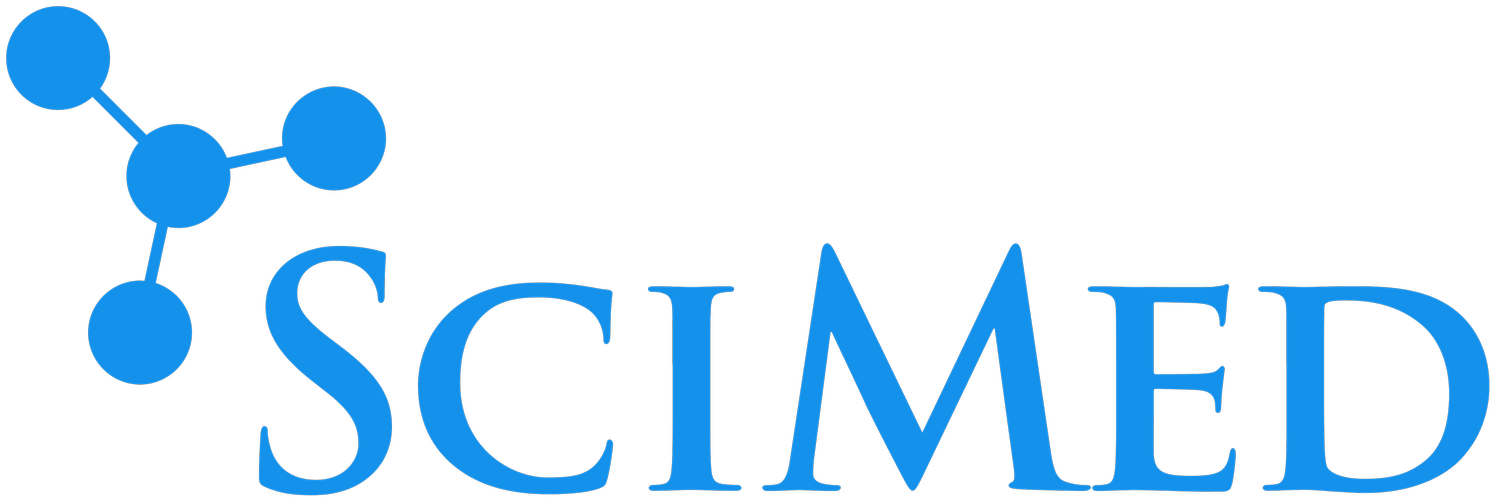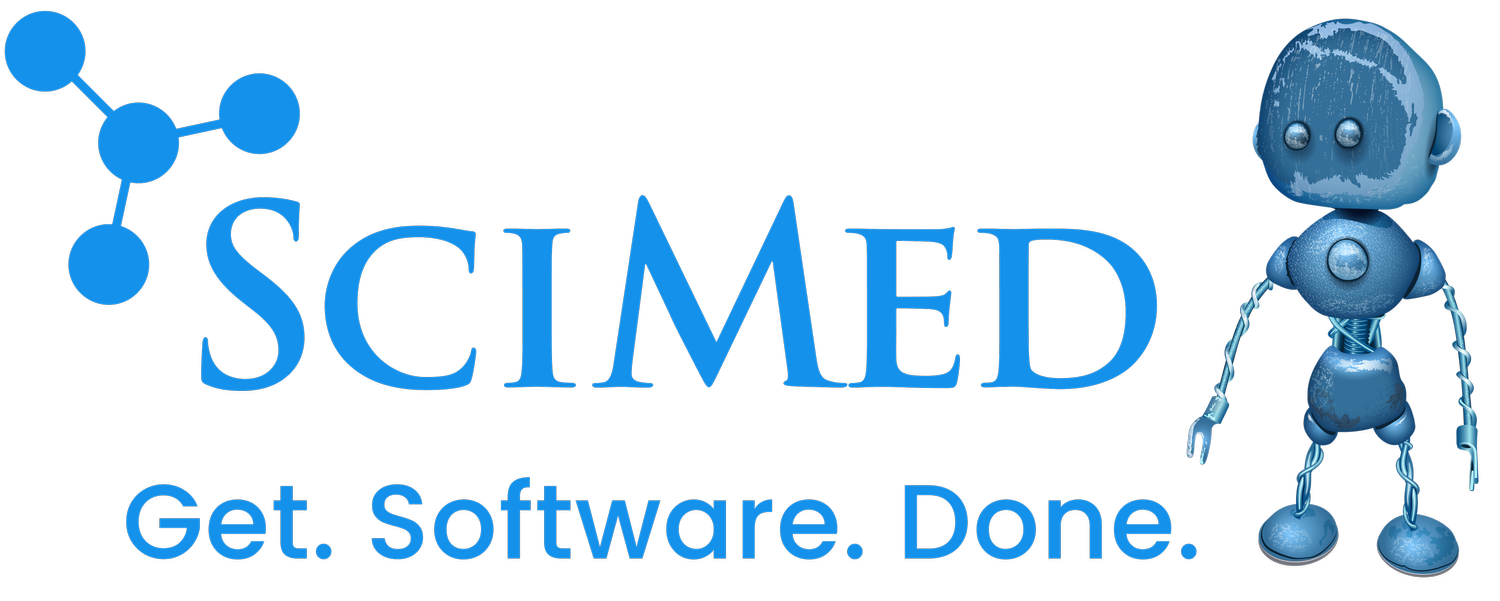Surgical Planner
Overview
Surgical Planner was developed for a startup specializing in designing and manufacturing custom biomedical materials that enable surgeons to repair and reconstruct the human body in revolutionary ways. The startup had the need to work with medical images that contained sensitive patient information without exposing the information to anyone except the physician providing the images. In 2018, they engaged SciMed to create a system to anonymize these medical images, store them securely, and facilitate communication and collaboration between their design team and the physicians who needed their help.
Challenges
To meet HIPAA compliance and best practices, the startup needed to anonymize sensitive data to protect the privacy of its patients. The key challenges they set out to solve were:
Creating a system to anonymize medical images and store them securely.
Facilitating collaboration between their internal design team and the external physician for whom they were designing custom medical devices.
Ensuring strict HIPAA compliance. If HIPAA rules weren’t met, the client would face heavy civil penalties and risk both losing the trust of their physician partners and their industry credibility.
Our approach
This project started by having open and thought-provoking discussions with the client and doing thorough research to fully understand their needs and requirements. This helped us gain a deep understanding of the specific challenges they faced in developing a solution.
A core element of the project was determining how to handle sensitive data within the system. One facet of addressing this was implementing user roles with thoughtfully defined permissions. For example, we only allowed physicians to upload and view patient data while non-physicians could only view anonymized data. This kept important medical details at the physician’s fingertips while protecting the privacy of patients.
A challenge we faced was that many of the end users of the system were physicians with very little time to spend with the system. It was very important for the user experience to be intuitive and smooth; physicians were not going to use the system if it was confusing or caused bottlenecks. To address this, we gave physicians:
A “To Do” list on their home screen with links to complete their pending tasks
A full list of their patients and surgical cases with clear steps for creating new ones
The ability to schedule phone calls with the startup’s design team, directly within the app
The ability to download and view design proposals from the design team
The ability to generate and sign prescriptions for the approved designs within the system
Through iterations of the product and launching quickly and often, we were able to develop a software application that met their needs and helped them to work more efficiently and effectively. Additionally, we placed a strong emphasis on security and compliance, ensuring that all patient information was kept confidential and protected at all times. Overall, our approach was designed to deliver a solution that was tailored to the client's unique needs and helped them to achieve their business goals.
Results
We partnered with the startup for over four years to ensure the system met their needs and was running properly. The new system enabled them to anonymize medical images so that their internal team could interface with their external partners in a secure and efficient way. The immediate results they saw from this were:
Allowing staff to interact with physicians across multiple medical institutions
An interface for design engineers to view anonymized medical images provided by physicians
Allow physicians to view design proposals based on their patients' images and communicate with design staff to refine, approve, and ultimately prescribe the design to their patient


